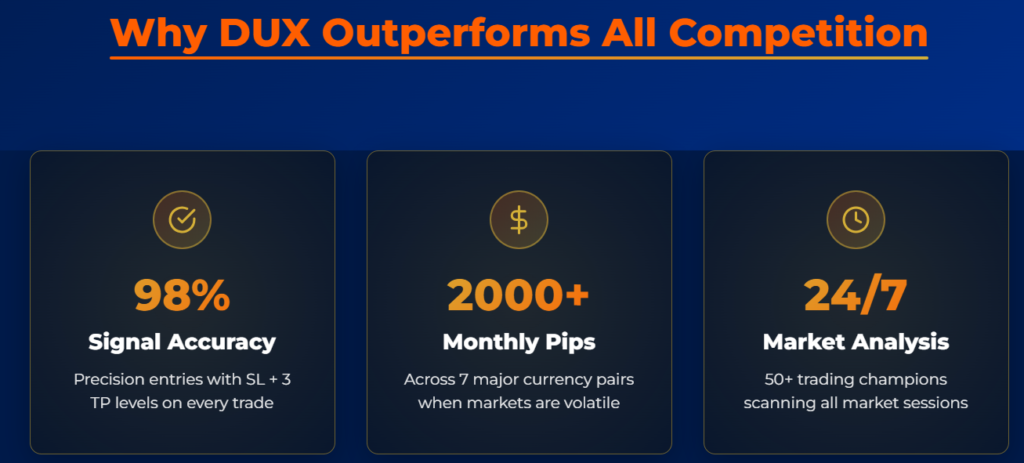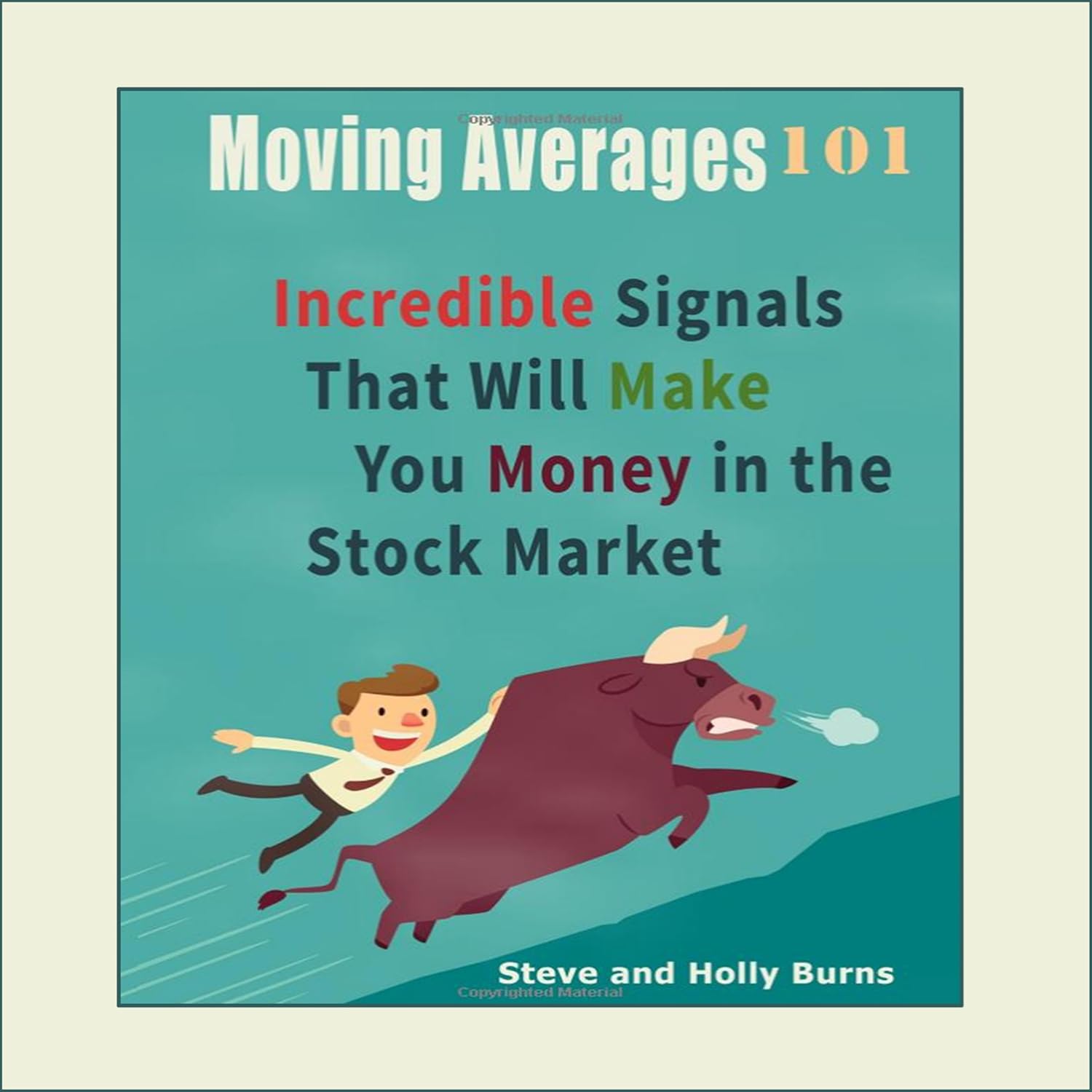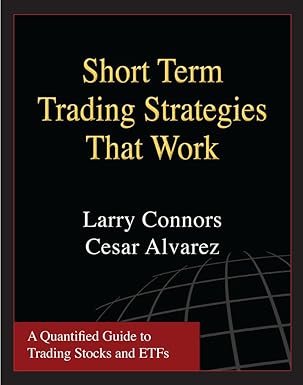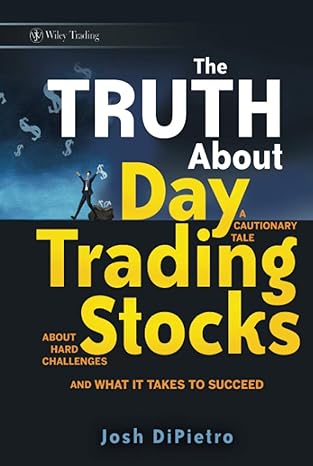In Moving Averages 101, Steve and Holly Burns provide a comprehensive guide to understanding and utilizing moving averages in stock market trading. This book serves as an essential resource for traders aiming to enhance their market analysis and trading strategies through the effective application of moving averages. Below are 25 key lessons derived from the book:
1. Introduction to Moving Averages
Moving averages are fundamental tools in technical analysis, helping traders smooth out price data to identify trends over specific periods. They serve as the building blocks for more advanced indicators and are crucial for making informed trading decisions.
2. Types of Moving Averages
The two primary types of moving averages are:
- Simple Moving Average (SMA): Calculates the average price over a specified number of periods, giving equal weight to each period.
- Exponential Moving Average (EMA): Gives more weight to recent prices, making it more responsive to new information.
3. Selecting the Appropriate Time Frame
Choosing the right time frame for a moving average depends on your trading style:
- Short-term traders might use 5-day or 10-day EMAs to capture quick price movements.
- Long-term investors may prefer 50-day or 200-day SMAs to identify sustained trends.
4. The 5-Day EMA: Capturing Short-Term Momentum
The 5-day EMA is a tool for traders seeking to capitalize on short-term momentum. Its sensitivity to recent price changes makes it ideal for identifying quick entry and exit points.
5. The 10-Day EMA: Navigating Short-Term Trends
The 10-day EMA helps traders spot short-term trends in both upward and downward directions. It’s particularly useful for swing traders aiming to profit from brief market movements.
6. The 21-Day EMA: Identifying Pullback Zones
The 21-day EMA serves as a reference point for identifying potential pullback zones within an existing trend. Traders use it to determine optimal entry points during temporary price retracements.
7. The 50-Day SMA: Recognizing Standard Trends
The 50-day SMA is widely used to gauge the intermediate-term trend of a market. It helps traders and investors confirm the strength and direction of a prevailing trend.
8. The 100-Day SMA: Spotting Oversold Conditions
The 100-day SMA can assist in identifying oversold conditions in the market. When prices dip significantly below this average, it may signal a potential buying opportunity.
9. The 200-Day SMA: Major Market Pivot Points
The 200-day SMA is a critical indicator for long-term trends and major market pivot points. Crossings above or below this average often signify significant shifts in market sentiment.
10. Combining Multiple Moving Averages
Utilizing multiple moving averages simultaneously can provide a more nuanced view of market dynamics. For example, the alignment of short-term and long-term moving averages can confirm trend strength.
11. Moving Average Crossovers
Crossovers occur when a shorter-term moving average crosses above or below a longer-term moving average:
- Bullish Crossover: A buy signal generated when a short-term MA crosses above a long-term MA.
- Bearish Crossover: A sell signal indicated by a short-term MA crossing below a long-term MA.
12. Support and Resistance Levels
Moving averages can act as dynamic support and resistance levels. Prices often retrace to these averages before continuing in the direction of the trend.
13. Trend Identification
The slope of a moving average helps in identifying the direction of the trend:
- Upward Slope: Indicates an uptrend.
- Downward Slope: Suggests a downtrend.
- Flat Slope: Signals a sideways or consolidating market.
14. Filtering Price Noise
By smoothing out short-term fluctuations, moving averages help traders focus on the underlying trend, reducing the impact of random price movements.
15. Moving Averages and Volatility
During periods of high volatility, shorter-term moving averages may produce false signals. Traders should adjust their strategies accordingly, possibly incorporating longer-term averages to filter out noise.
16. Limitations of Moving Averages
While valuable, moving averages have limitations:
- Lagging Indicator: They are based on past prices and may not predict future movements accurately.
- Whipsaws: In choppy markets, moving averages can produce frequent false signals.
17. Combining Moving Averages with Other Indicators
Enhance the effectiveness of moving averages by pairing them with other technical indicators such as:
- Relative Strength Index (RSI): Measures the speed and change of price movements to identify overbought or oversold conditions.
- Moving Average Convergence Divergence (MACD): Shows the relationship between two EMAs to identify momentum and trend changes.
18. Developing a Trading Plan
Incorporate moving averages into a comprehensive trading plan that includes:
- Entry and Exit Rules: Define clear criteria based on moving average signals.
- Risk Management: Determine position sizing and set stop-loss orders to manage potential losses.
19. Backtesting Moving Average Strategies
Before implementing, test moving average strategies on historical data to evaluate their effectiveness and make necessary adjustments.
20. Adapting to Market Conditions
Markets are dynamic; adjust moving average parameters to align with changing volatility and trend characteristics.
21. Emotional Discipline
Rely on the objective signals provided by moving averages to maintain emotional discipline, avoiding impulse
For More detail buy this book. BUY NOW


“Start Your Website Journey Today – Exclusive Hostinger Discounts!”








